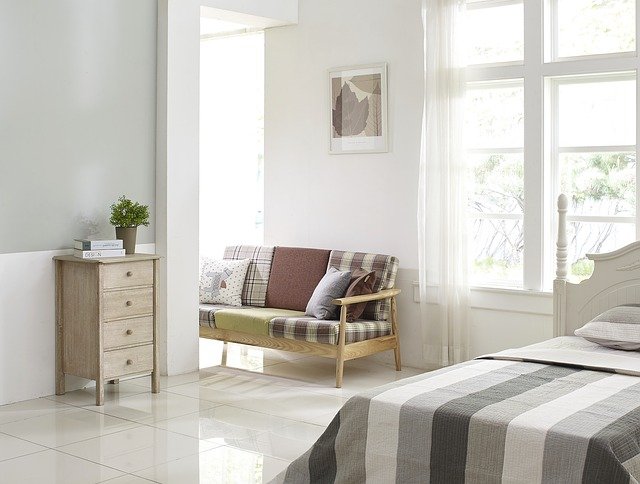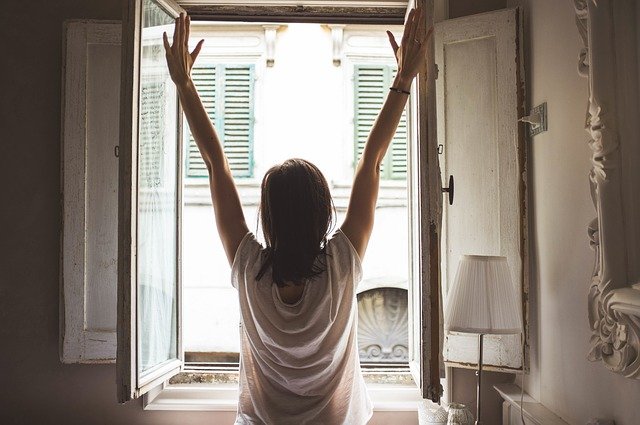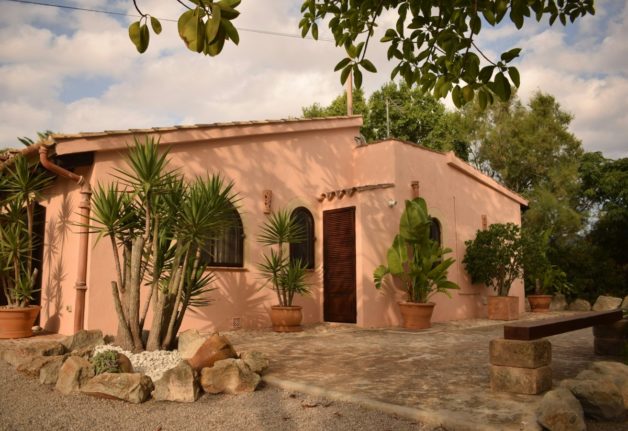Why is the orientation of your home important and how can it save you money?
Unlike many things, the orientation of your home is something that you can’t change, so it’s important to make sure you think about this when looking at properties.
The direction it faces will affect the number of hours of light your home receives during the day, whether your house will get direct sunlight or not, and the time the light enters your home and wakes you up in the morning.
Most importantly, it will affect the temperature inside your home during different seasons of the year. This factor can greatly influence energy consumption, whether your house is too cold in winter because it’s not getting any sun and you often need to put the heating on, or whether it’s too hot in summer because it’s getting too much sun and you often need to put the air-conditioning on.
Whichever way your home is facing, it will have both advantages and disadvantages. We take a look at some of these below:
South-facing properties
South-facing properties are ideal for colder climates like northern Spain, including Catalonia in the northeast.
South-facing houses are loved by many because of the large amount of natural light they receive throughout the year.
One of the main advantages of south-facing homes is that they are lit naturally, so you don’t need to spend so much on extra lighting. They also require less heating during the winter, saving you a lot on gas and electricity bills.
If your property has a garden it also means that you can enjoy the garden more in the winter, although you may find it too hot in the summer.
This of course brings us on to the disadvantages of south-facing properties, mainly that they can get too hot in summer, requiring you to spend a lot on air-conditioning. It will also be essential for you to invest in good blinds or windows with solar control to reduce your utility bill in summer.

North-facing properties
Many people may prefer south-facing properties, but in fact, north-facing properties are best for southern Spain, where the heat can be extreme.
North-facing properties receive natural light very early in the morning and in the evening, just before the sun sets during the summer. This means that rooms are kept cool and you may not need to have the air-con on all day.
However, this means that they receive little light throughout the day, so you will be spending more money on lighting them. They can also be cold houses, especially in winter, so you’ll likely have a large heating bill. However, if you’re on the southern coast, temperatures generally tend to remain mild in winter.
East-facing homes
East-facing properties are also a favourite among many as they offer natural light from sunrise to noon year-round. The fact that the sun does not shine directly during the hottest hours makes it a good choice for homes in southern or central Spain, where it can get very hot.
The advantages of an East-facing property are that heat builds up in the morning and is released throughout the afternoon, meaning that you won’t have to spend as much on heating during the winter months, at least during the first part of the day. It also helps to keep the house cooler at night in the summer. However, there is little natural light in the afternoons, so you may have to spent more on lighting the home.
West-facing homes
The characteristics of a west-facing home are the opposite of an east-facing home. This means that natural light is enjoyed from noon to sunset. Because the sun hits the house directly during the hottest hours of the day, west-facing homes may be better suited to the north of Spain, where it’s colder.
The main advantages of west-facing properties are that in winter the houses are kept at a comfortable temperature, without requiring a high cost of heating.
If you do get a west-facing property in the south of Spain, you may find that your house gets too hot in the afternoons and that it will stay hot well into the night. This means you may be spending a lot on air-conditioning in the summer, so that you can sleep. It’s best if your kitchens and bathrooms face west and the other rooms are further towards the back of the property.
How much can I really save on energy bills?
This all really depends on how much you put your heating or air-conditioning on, but according to Spanish architect company Arrevol, you could save up to 70 percent by choosing the correct orientation for the area you live in.
You may find, for example, if you have a south-facing property, you’ll hardly need to heat your home in the winter, if you have enough sunshine hours. And if you have a north-facing property, you may find that it stays cool enough in the summer so that you don’t need air-con either. By not putting your heating or air-con on so much, it could save you hundreds on energy bills per year, and it will be better for the environment too.
Any extra advice?
According to Spanish building sustainability platform Construcción 21, when building or choosing a property we have to also consider the different rooms in the home and their orientation to the sun according to where we live and when we use these rooms.
For example, in a cool climate your home’s layout may look something like this:
An east-facing kitchen to warm up the kitchen in those morning hours.
At noon the sun is located in the south, which means we can orientate our living rooms, dining rooms, study rooms or children’s games rooms (where most of the afternoon is usually spent) to the south.
And finally, the bedrooms should be looking west (when the sun is setting but still letting some rays at the end of the day to enter the room and warm it to sleep).
In a hotter climate, west-facing bedrooms will not be as warm at night.
How do I check the orientation of the property?
This can be very useful if you are considering buying or selling the property.
There’s using a conventional compass, or the compass app that is pre-installed or available to download on most smartphones.
There are also compass tools available on Google Maps .
There’s the option of requesting the orientation from Spain’s Land Registry (catastro) too.



 Please whitelist us to continue reading.
Please whitelist us to continue reading.
Member comments